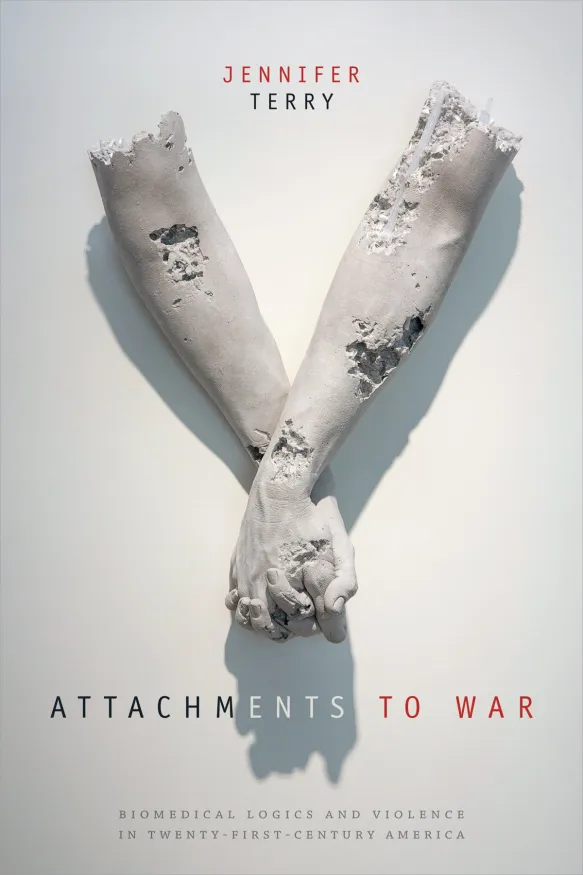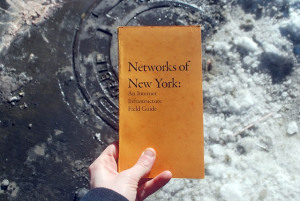
An often overlooked aspect of how infrastructures impose (social) order is through transforming time into a trusty ally. One of their essential functions is to afford shared frames for enacting a window of opportunity. Like many out there, I have been watching with bated breath as Hurricane Matthew churns a destructive path through the Caribbean and, now, along the coast of Florida. Yet, by the time Matthew goes “live” on our news screens it is already too late to act. The window of opportunity is gone, and even emergency personnel must wait until it is safe to respond. The U.S. National Weather Service (NWS), however, has been closely monitoring this storm long before it became “Hurricane Matthew” to us. Charged with protecting life and property, NWS forecasters all over the East Coast were anxiously (and excitedly!) poring over the model forecasts and other weather guidance from the National Hurricane Center, deliberating over the uncertainty of the storm’s path and pondering how and when it was going to affect their area of forecasting responsibility. Remarkably, despite the great excitement and responsibility involved, the demeanor of the entire agency through it all has been calm, measured, and deliberate.
We may take it for granted, but “speaking with one voice” represents a great sociotechnical achievement – at the NWS as well as anywhere else. As I discuss in my book, the NWS has cultivated sets of temporally judicious decision-making habits in its forecasters both by promoting expeditious meteorological skills and rules of thumb and by scaffolding the temporal architecture of a given task onto more or less fixed deliberation structures and technologically hardwired timing sequences. Specifically as it pertains to hurricane operations, NWS forecasters must abide by the storm tracks charted by the Hurricane Center and, in fact, cannot publicly divulge any information prior its official release to ensure “the issuance of information to all users at the same time on an equal basis.” As I had occasion to witness first hand, however, NWS forecasters don’t always agree with the pronouncements of the Hurricane Center, or of each other for that matter. And so, Hurricane Center forecasts/warnings are issued one hour before NWS field offices are to issue local hurricane advisories and warnings. This hour is the window of opportunity during which NWS forecasters will deliberate (via prescheduled conference calls and (ad hoc) chat room discussions) with the Hurricane Center as well as neighboring field offices about possible local amendments to the intensity/timing/track of the storm. Local expertise (in microclimatic conditions as well as community needs) is considered an asset at the NWS, militating for the existence of field offices in the first place. But eagerness to save the day and “nail the storm” can lead to flip-flopping, over/underwarning, or even bouts of indecision. It is especially for those fateful moments, when successfully utilizing windows of opportunity becomes paramount, that the NWS has sought to mold time into an organizational resource and forecasters into poised decision makers.
When it comes to windows of opportunity, however, one size doesn’t fit all. Different time horizons call for different infrastructural regimes of decision-making action. Here I have only touched upon hurricanes, which are “long-fused” events. Forecasting tornadoes, or some such “short-fused” event, presents entirely different windows of opportunity. Predictably, therefore, NWS infrastructures during fast-paced scenarios call forth a set of skills and resources best suited for keeping up with the action, whereas slow-paced scenarios come bundled with an equivalent set of skills and resources, meant to elicit good long-endurance performance. In the end, time makes a fool of us all, of course; but, in the meantime, we might as well devise ways to turn it into our best ally.

























 We’ve talked about his many times,
We’ve talked about his many times, 



 *from: http://www.cnn.com/2016/11/28/asia/japan-sinkhole-fukuoka/
*from: http://www.cnn.com/2016/11/28/asia/japan-sinkhole-fukuoka/














You must be logged in to post a comment.